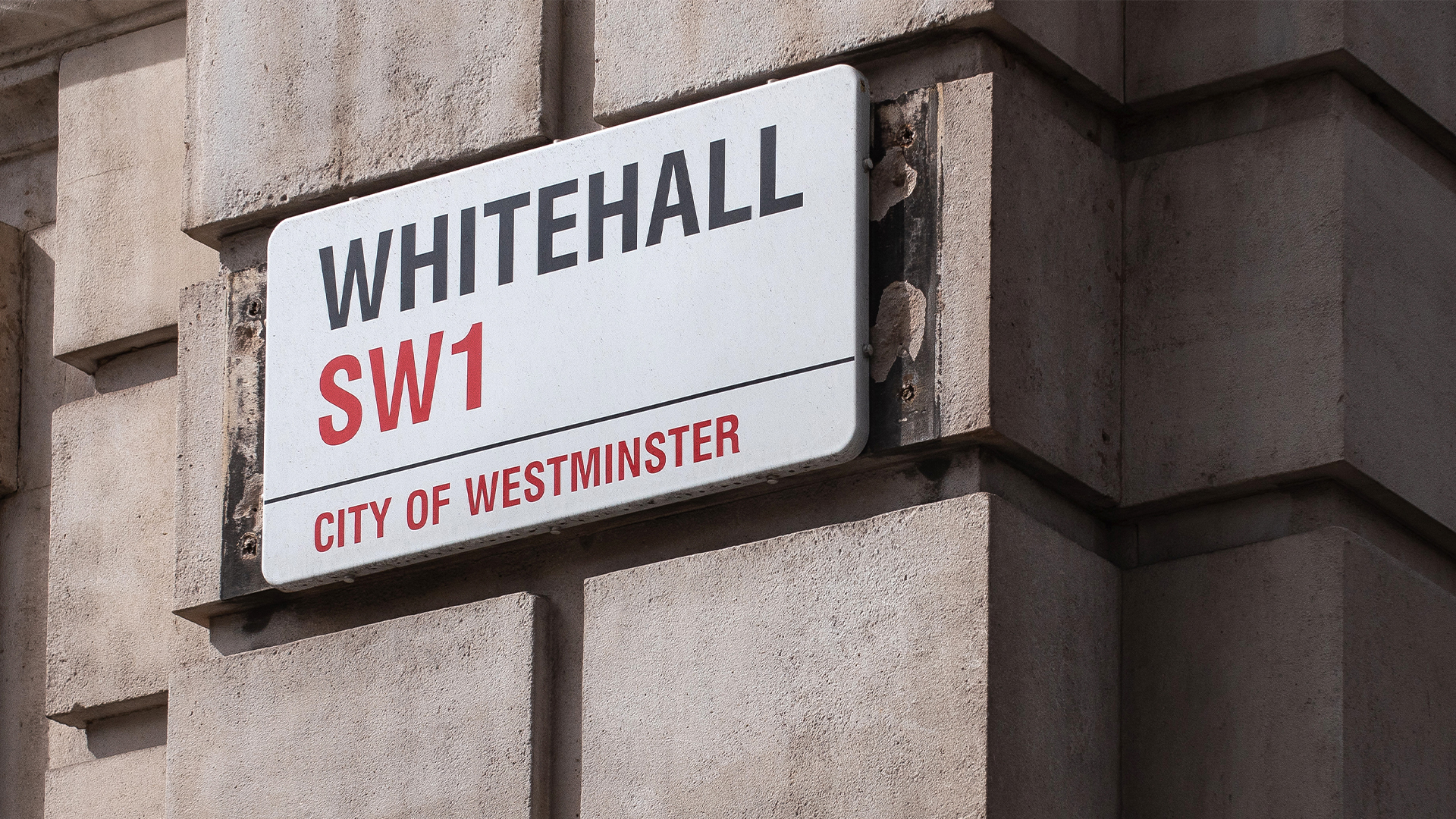UK government offers £4.6 million bounty for facial-recognition system
Putting your taxpayer money where your mouth is


The Home Office is planning to push ahead with facial-recognition software for law enforcement after it put up an ad looking for suppliers to enter into a five-year contract. The advert which appears on the EU's Tenders Electronic Daily is seeking a company to step into the breach for an initial five-year period, with room for a two-year extension, in a contract worth 4.6 million.
The winning supplier will be required to provide "a combination of biometric algorithm software and associated components that provide the specialised capability to match a biometric facial image to a known identity held as an encoded facial image". The main focus of the task will be integrating the Home Office's Biometric Match Platform Service into a centralised Matching Engine Software.
For the money, the UK government will also be expecting a bunch of extras, including design, accuracy testing, systems integration, data migration and ongoing support, which probably makes the package seem a whole lot less appealing.
Privacy concenrs
The road to this point has been a long, winding and controversial one chiefly because a useful biometric system requires records of people's faces, and the courts have found that to be a contentious point. Back in 2012, the high court objected to the Home Office hoarding millions of people's likenesses on records. The court suggested that the Home Office should come up with improvements to the system in a period "measured in months, not years".
Someone at the Home Office must have skim-read that particular instruction because revised guidance only emerged this year. The concession reached was that individuals who believe their likeness to be held in the database of 19 million have the right to ask for it to be removed. They have the right to ask, but it can be turned down by officers if they believe it needs to be kept "for a policing purpose".
Now that that unfortunate business is (sort of) out of the way, the government is pushing ahead with the contract, initially for policing, but with the potential to push into other public services although the text is pretty vague about what these might be. "The initial MES (Face) deployment is focused on law enforcement," the description reads. "However, the intended Contract provides for deployment to a wider set of Central Government (including police) organisations over the contract Duration. Such additional deployments will be added through Change Control, operating within the parameters of this notice and the supporting procurement documents."
Get the ITPro daily newsletter
Sign up today and you will receive a free copy of our Future Focus 2025 report - the leading guidance on AI, cybersecurity and other IT challenges as per 700+ senior executives
Such wording won't allay the fears of many, including Alastair MacGregor QC, then commissioner for the retention and use of biometric material, who wrote in his 2015 report: "I am concerned that the considerable benefits that could be derived from the searching of custody images on the PND may be counterbalanced by a lack of public confidence in the way in which the process is operated, by challenges to its lawfulness and by fears of function creep'."
After a false career start producing flash games, Alan Martin has been writing about phones, wearables and internet culture for over a decade with bylines all over the web and print.
Previously Deputy Editor of Alphr, he turned freelance in 2018 and his words can now be found all over the web, on the likes of Tom's Guide, The i, TechRadar, NME, Gizmodo, Coach, T3, The New Statesman and ShortList, as well as in the odd magazine and newspaper.
He's rarely seen not wearing at least one smartwatch, can talk your ear off about political biographies, and is a long-suffering fan of Derby County FC (which, on balance, he'd rather not talk about). He lives in London, right at the bottom of the Northern Line, long after you think it ends.
You can find Alan tweeting at @alan_p_martin, or email him at mralanpmartin@gmail.com.
-
 Cleo attack victim list grows as Hertz confirms customer data stolen
Cleo attack victim list grows as Hertz confirms customer data stolenNews Hertz has confirmed it suffered a data breach as a result of the Cleo zero-day vulnerability in late 2024, with the car rental giant warning that customer data was stolen.
By Ross Kelly
-
 Lateral moves in tech: Why leaders should support employee mobility
Lateral moves in tech: Why leaders should support employee mobilityIn-depth Encouraging staff to switch roles can have long-term benefits for skills in the tech sector
By Keri Allan
-
 Starmer bets big on AI to unlock public sector savings
Starmer bets big on AI to unlock public sector savingsNews AI adoption could be a major boon for the UK and save taxpayers billions, according to prime minister Keir Starmer.
By George Fitzmaurice
-
 UK government targets ‘startup’ mindset in AI funding overhaul
UK government targets ‘startup’ mindset in AI funding overhaulNews Public sector AI funding will be overhauled in the UK in a bid to simplify processes and push more projects into development.
By George Fitzmaurice
-
 UK government signs up Anthropic to improve public services
UK government signs up Anthropic to improve public servicesNews The UK government has signed a memorandum of understanding with Anthropic to explore how the company's Claude AI assistant could be used to improve access to public services.
By Emma Woollacott
-
 US government urged to overhaul outdated technology
US government urged to overhaul outdated technologyNews A review from the US Government Accountability Office (GAO) has found legacy technology and outdated IT systems are negatively impacting efficiency.
By George Fitzmaurice
-
 Government urged to improve tech procurement practices
Government urged to improve tech procurement practicesNews The National Audit Office highlighted wasted money and a lack of progress on major digital transformation programmes
By Emma Woollacott
-
 Government says new data bill will free up millions of hours of public sector time
Government says new data bill will free up millions of hours of public sector timeNews The UK government is proposing new data laws it says could free up millions of hours of police and NHS time every year and boost the UK economy by £10 billion.
By Emma Woollacott
-
 Three giant tech challenges the UK’s new government faces right now
Three giant tech challenges the UK’s new government faces right nowOpinion Five years starts now, and there’s not a second to waste
By Steve Ranger
-
 G-Cloud 13: UK government 'inhibiting' cloud SMEs' ability to adapt to harsher business landscape
G-Cloud 13: UK government 'inhibiting' cloud SMEs' ability to adapt to harsher business landscapeNews Suppliers on the cloud services portal have hit out at an extension to the current iteration of G-Cloud
By Ross Kelly